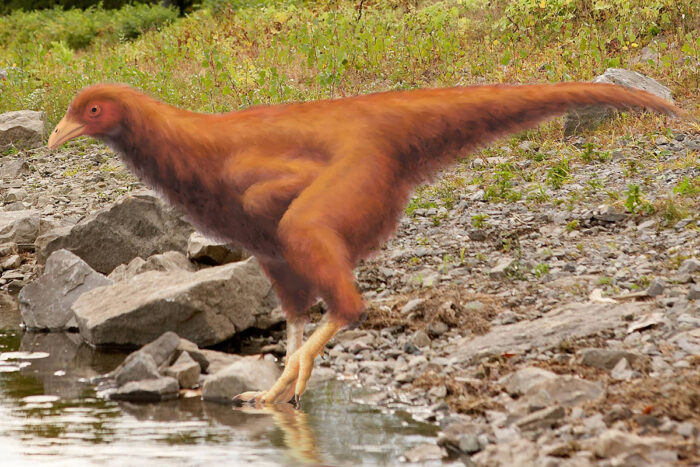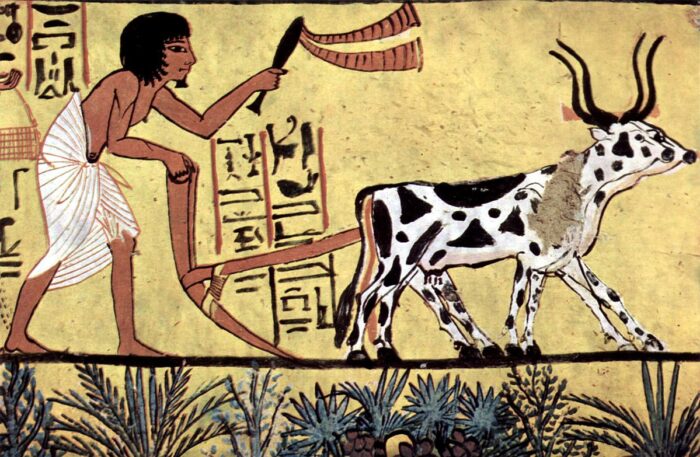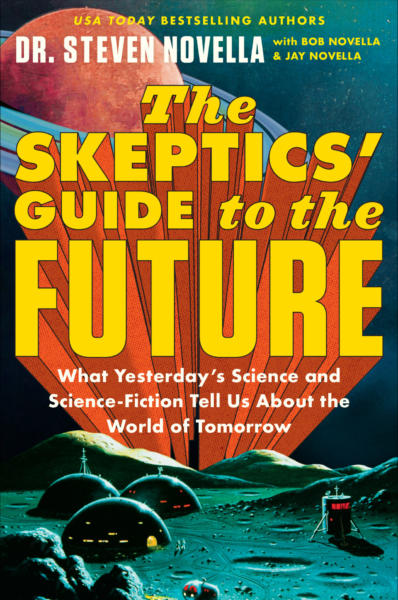Apr 21 2025
Game Transfer Phenomenon
 Have you ever been into a video game that you played for hours a day for a while? Did you ever experience elements of game play bleeding over into the real world? If you have, then you have experienced what psychologists call “game transfer phenomenon” or GTP. This can be subtle, such as unconsciously placing your hand on the AWSD keys on a keyboard, or more extreme such as imagining elements of the game in the real world, such as health bars over people’s heads.
Have you ever been into a video game that you played for hours a day for a while? Did you ever experience elements of game play bleeding over into the real world? If you have, then you have experienced what psychologists call “game transfer phenomenon” or GTP. This can be subtle, such as unconsciously placing your hand on the AWSD keys on a keyboard, or more extreme such as imagining elements of the game in the real world, such as health bars over people’s heads.
None of this is surprising, actually. Our brains adapt to use. Spend enough time in a certain environment, engaging in a specific activity, experiencing certain things, and these pathways will be reinforced. This is essentially what PTSD is – spend enough time fighting for your life in extremely violent and deadly situations, and the behaviors and associations you learn are hard to turn off. I have experienced only a tiny whisper of this after engaging for extended periods of time in live-action gaming that involves some sort of combat (like paint ball or LARPing) – it may take a few days for you to stop looking for threats and being jumpy.
I have also noticed a bit of transfer (and others have noted this to me as well) in that I find myself reaching to pause or rewind a live radio broadcast because I missed something that was said. I also frequently try to interact with screens that are not touch-screens. I am getting used to having the ability to affect my physical reality at will.
Now there is a new wrinkle to this phenomenon – we have to consider the impact of spending more and more time engaged in virtual experiences. This will only get more profound as virtual reality becomes more and more a part of our daily routine. I am also thinking about the not-to-distant future and beyond, where some people might spend huge chunks of their day in VR. Existing research shows that GTP is more likely to occur with increased time and immersiveness. What happens when our daily lives are a blend of the virtual and the physical? Not only is there VR, there is augmented reality (AR) where we overlay digital information onto our perception of the real world. This idea was explored in a Dr. Who episode in which a society of people were so dependent on AR that they were literally helpless without it, unable to even walk from point A to B.

 Exoplanets are pretty exciting – in the last few decades we have gone from knowing absolutely nothing about planets beyond our solar system to having a catalogue of over 5,000 confirmed exoplanets. That’s still a small sample considering there are likely between 100 billion and 1 trillion planets in the Milky Way. It is also not a random sample, but is biased by our detection methods, which favor larger planets closer to their parent stars. Still, some patterns are starting to emerge. One frustrating pattern is the lack of any worlds that are close duplicates of Earth – an Earth mass exoplanet in the habitable zone of a yellow star (I’d even take an orange star).
Exoplanets are pretty exciting – in the last few decades we have gone from knowing absolutely nothing about planets beyond our solar system to having a catalogue of over 5,000 confirmed exoplanets. That’s still a small sample considering there are likely between 100 billion and 1 trillion planets in the Milky Way. It is also not a random sample, but is biased by our detection methods, which favor larger planets closer to their parent stars. Still, some patterns are starting to emerge. One frustrating pattern is the lack of any worlds that are close duplicates of Earth – an Earth mass exoplanet in the habitable zone of a yellow star (I’d even take an orange star). Last week
Last week We may have a unique opportunity to make an infrastructure investment that can demonstrably save money over the long term – by burying power and broadband lines. This is always an option, of course, but since we are in the early phases of rolling out fiber optic service, and also trying to improve our grid infrastructure
We may have a unique opportunity to make an infrastructure investment that can demonstrably save money over the long term – by burying power and broadband lines. This is always an option, of course, but since we are in the early phases of rolling out fiber optic service, and also trying to improve our grid infrastructure  This really is just a coincidence –
This really is just a coincidence –  Yes –
Yes –  It is generally accepted that the transition from hunter-gatherer communities to agriculture was the single most important event in human history, ultimately giving rise to all of civilization. The transition started to take place around 12,000 years ago in the Middle East, China, and Mesoamerica, leading to the domestication of plants and animals, a stable food supply, permanent settlements, and the ability to support people not engaged full time in food production.
It is generally accepted that the transition from hunter-gatherer communities to agriculture was the single most important event in human history, ultimately giving rise to all of civilization. The transition started to take place around 12,000 years ago in the Middle East, China, and Mesoamerica, leading to the domestication of plants and animals, a stable food supply, permanent settlements, and the ability to support people not engaged full time in food production.  This is an interesting concept, with an interesting history, and I have
This is an interesting concept, with an interesting history, and I have  The fashion retailer, H&M, has announced that they will
The fashion retailer, H&M, has announced that they will 




